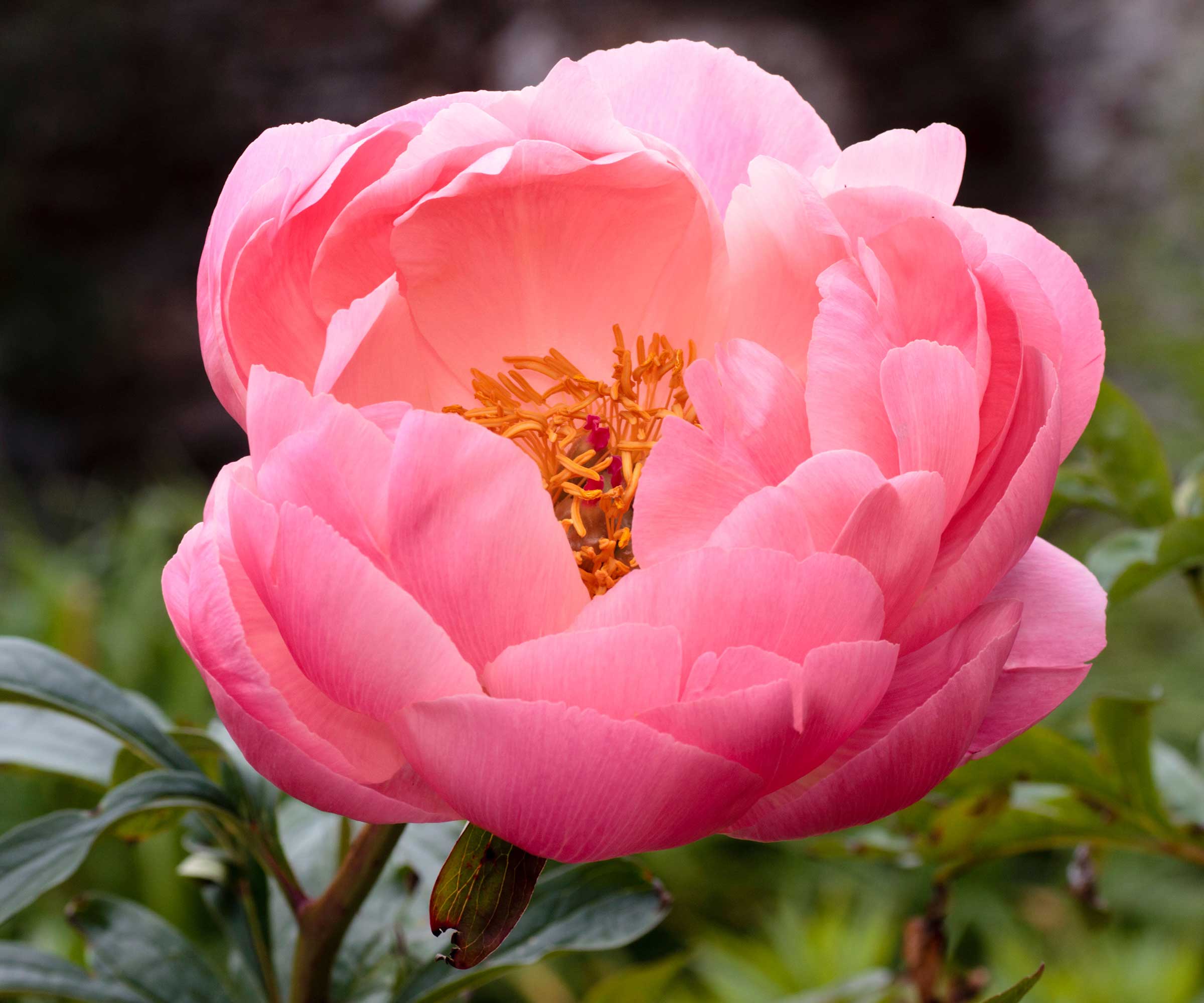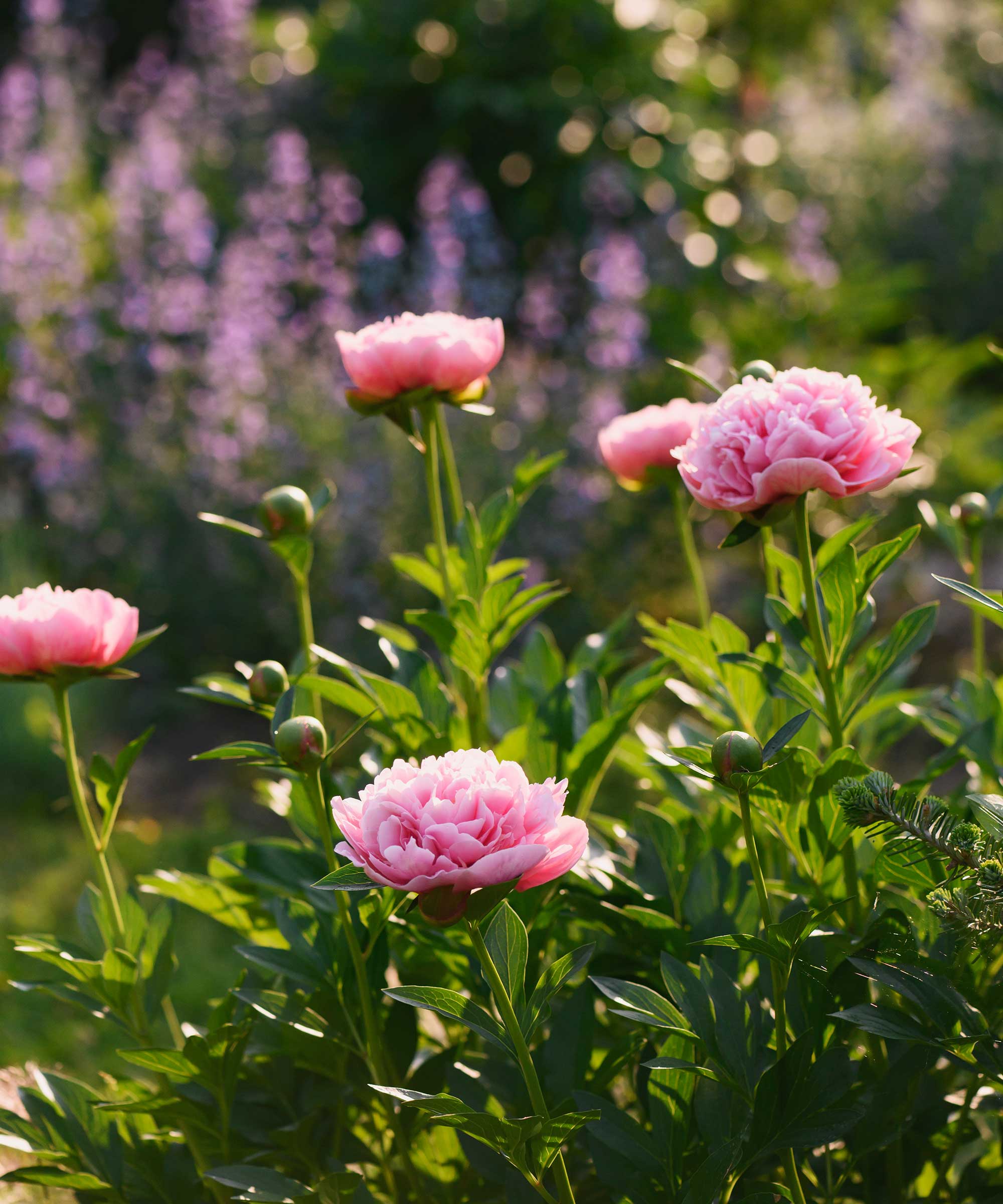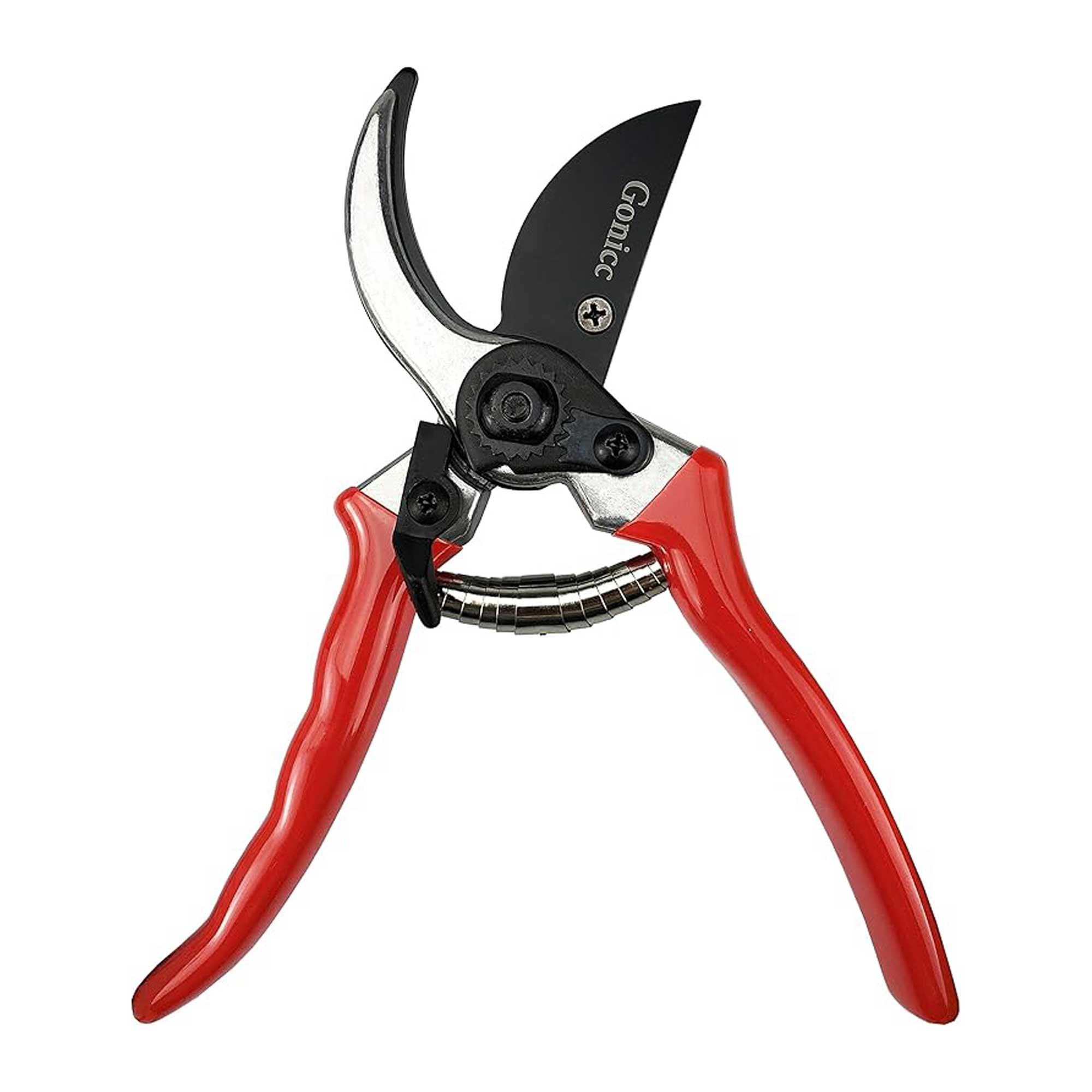Does putting ice on peonies help them grow in hot climates? Experts debunk this gardening myth – and suggest alternative options
Discover why this method is worth giving a miss, and what to try instead if you have mild winters


Peony flowers may be short-lived, but they are undeniably exquisite – both in the border and cut for the vase. However, some climates are better suited to these perennials than others, as most require a cold and frosty winter to form their buds.
Putting ice on the plants in winter, usually at night, is said to be a workaround for growing peonies in hot regions. Whether this gardening hack actually works is another story – so I turned to industry professionals for advice.
As it turns out, this technique can do more harm than good, as explained below. All hope is not lost for peony lovers with warmer winters, though – there are alternative methods you can try.
Why you shouldn't ice your peonies, according to experts

The 'Coral Charm' peony in flower
'While the idea of using ice to mimic the winter chill that peonies need may seem clever, it's not a practical or effective solution,' says Melissa Hessney Masters, the founder of flower farm Tanglebloom.
She explains there is a '40 under 40' rule for these plants to set bloom reliably – meaning 40 days under 40°F – and a few scattered ice applications won’t replicate this sustained cold period.
Kelly Funk, CEO of online nursery Jackson & Perkins, agrees that ice doesn’t provide the consistent, deep cold temperatures that peonies need. 'More importantly, it can lead to overwatering, root rot, and unnecessary stress to the plant, especially in regions where the soil may already retain moisture,' she adds.

Tanglebloom is a Vermont-based peony and flower farm known for its seasonal beauty, sustainability, and soulful experiences. Since launching the farm in 2013 in a patch of overgrown grass, Melissa has become a trailblazer in local agriculture – creating Vermont’s first flower CSA (community supported agriculture), designing coveted blooms for weddings and events, and developing one of the state’s most unique farm stays. An award-winning entrepreneur and educator, Melissa has spent over a decade growing, designing, and mentoring in the floral world.

Kelly is the president and CEO of Jackson & Perkins, a renowned online nursery with roots dating back to 1872 and a storied reputation for cultivating exceptional roses. A passionate gardener herself, Kelly brings hands-on knowledge and a deep appreciation for plants to her leadership. Under her guidance, Jackson & Perkins continues to thrive as a trusted name for gardeners who value beauty, quality, and the joy of growing.
What to do instead

'Etched Salmon' can thrive in warmer regions
'Instead of relying on short-term tricks like ice, focus on proven techniques that set the plant up for long-term success,' Kelly advises. 'Thriving with peonies in hot climates comes down to thoughtful variety selection and creating the right microclimate conditions.
Design expertise in your inbox – from inspiring decorating ideas and beautiful celebrity homes to practical gardening advice and shopping round-ups.
'Some peonies require fewer chill hours and are more reliable in warmer regions,' Kelly continues. For instance, she highlights how 'Lorelei' performs well in zones up to 9, while 'Coral Charm' can be grown in zones up to 8. 'In addition, many intersectional (Itoh) peonies, such as "Pastel Splendor", perform well in zones up to 8.' Other recommendations from Melissa include 'Command Performance' (red), 'Etched Salmon' (pastel pink), and 'Bridal Shower' (white).
Melissa also recommends providing some shade. 'In hot climates, dappled shade, especially in the afternoon, can protect plants from stress and help blooms last longer,' she says. Kelly adds that a thin layer of mulch can moderate soil temperature, 'but keep it clear of the crown to avoid rot.'
Proper drainage is also important for peonies to grow well. 'Peonies dislike “wet feet”, especially in warmer regions where soil pathogens are more active,' warns Kelly. 'Raised beds or amended, well-draining soil are essential.' When you go to plant your peonies, be sure to keep them relatively shallow in the soil, too. 'The “eyes” of the peony (visible buds on the crown) should be just 0.5–1 inch below the soil surface,' says Melissa. 'Planting too deep is a common reason peonies won’t bloom.'
Finally, pruning peonies can be beneficial. 'In zones 8–9, cutting herbaceous peonies back to the ground in November helps prevent disease and may assist plants in entering dormancy when winter temperatures are insufficient,' says Melissa.
FAQs
What plants are well-suited to hot climates?
Our guides on gardening in hardiness zones 8 and hardiness zones 9 have plenty of ideas for suitable plants to try. For even hotter climes, our tips for hardiness zones 10-13 will come in useful.
Can you use ice on any other plants?
Ice isn't usually used in the garden – on the contrary, gardeners are more often taking measures to protect plants from frost. However, it is said that you can use ice to water indoor orchids effectively.
Once your peonies are putting on new growth, there are a few things to keep in mind to help them flourish. For instance, you may need to put in supports to prevent taller plants from falling over, and, as with most plants, there are some peony pests to keep an eye out for. Knowing when to transplant peonies is also helpful if you need to move them down the line. If all else fails and you simply need to look for some colorful peony alternatives, we list the best blooms in our latest guide.

Holly started writing about gardening five years ago, and she is a regular contributor to Homes & Gardens. She has also written many gardening features for Woman & Home and Real Homes, too. She has previous experience as a professional gardener, where she helped to plant and maintain private gardens. Holly has also looked after allotment plots over the years and loves to grow her own flowers and veggies from seed. In her spare time, she enjoys visiting local gardens, botanical drawing, and tending to her ever-growing collection of houseplants.
You must confirm your public display name before commenting
Please logout and then login again, you will then be prompted to enter your display name.
